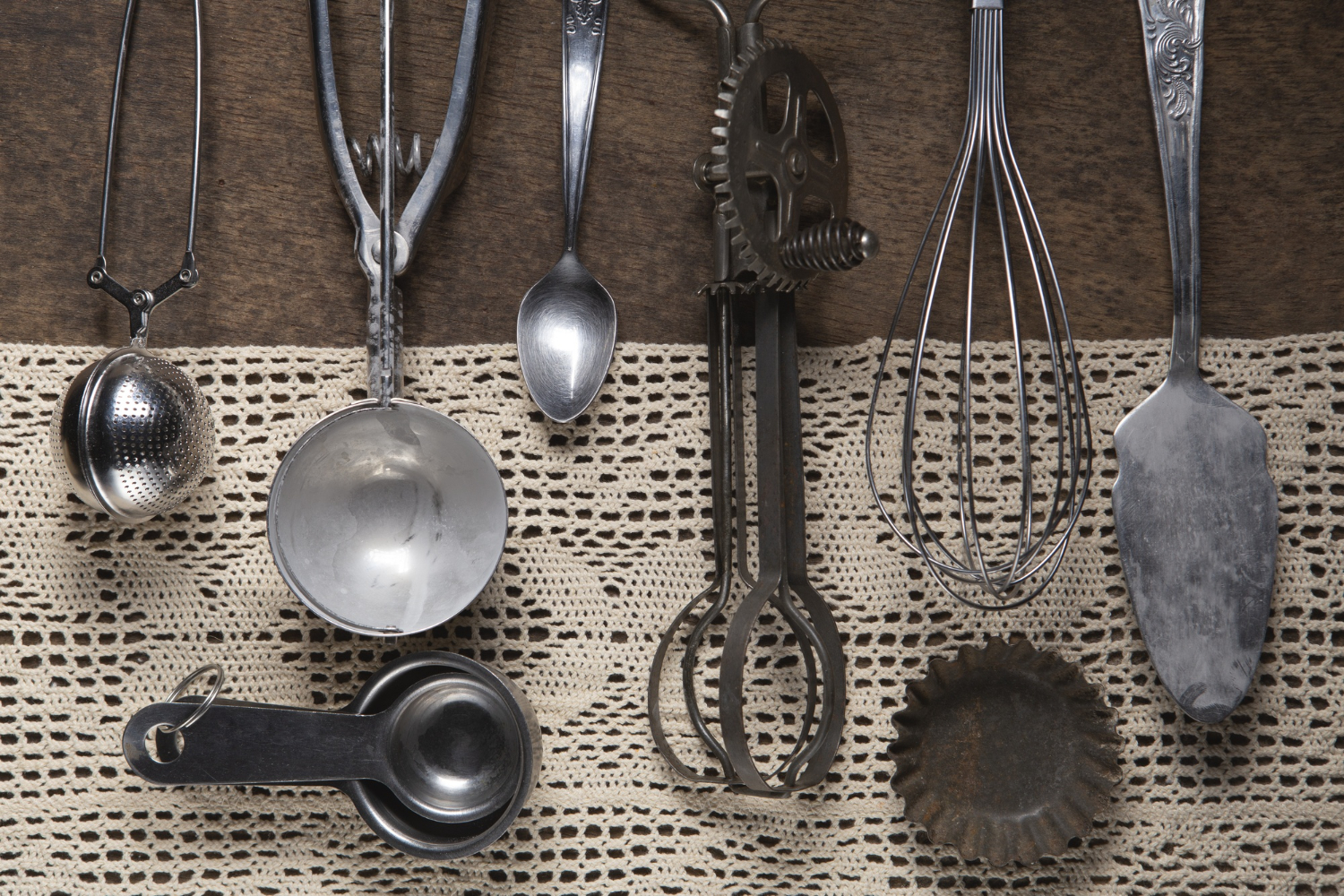Iron utensils have been a staple in kitchens around the world for centuries, prized for their durability, heat retention, healthy benefits for cooking and unique cooking properties. From humble skillets to robust Dutch ovens, iron cookware offers a versatile and time-tested approach to preparing delicious meals. However, along with their many benefits, they also present considerations regarding maintenance, reactivity, and potential health implications. Understanding both the advantages and risks associated with using iron utensils is essential for harnessing their culinary potential while ensuring safe and enjoyable cooking experiences.
Benefits of using Iron Utensils:
Iron Enrichment: Cooking or storing food in iron utensils can enrich your diet with iron. Iron is essential for carrying oxygen in the blood and plays a crucial role in various bodily functions.
Natural Non-Stick Surface: With proper seasoning, iron utensils can develop a natural non-stick surface over time, reducing the need for additional cooking fats or oils.
Heat Distribution: Iron distributes heat evenly, ensuring that food cooks uniformly. This property makes it ideal for cooking dishes that require consistent heat, such as curries, stews, and soups.
Durability: They are durable and can last for generations if properly cared for. They are less prone to chipping, scratching, or breaking compared to utensils made from other materials.
Affordability: They are often more affordable than cookware made from other materials such as stainless steel or copper, making them accessible to a wide range of consumers.
Risks of using Iron Utensils:
Reactivity: They can react with acidic foods, leading to a metallic taste or discoloration. Cooking acidic dishes like tomato sauce or lemon-based recipes in iron cookware may alter the flavor and appearance of the food.
Rust Formation: Iron is prone to rusting when exposed to moisture or acidic ingredients for prolonged periods. Without proper care and maintenance, iron utensils can develop rust, which can be harmful if ingested.
Leaching of Iron: Cooking acidic foods in iron utensils can cause the metal to leach into the food. While small amounts of iron can be beneficial for health, excessive consumption may lead to iron overload, especially for individuals with certain medical conditions like hemochromatosis.
Seasoning Maintenance: Iron utensils require regular seasoning to maintain their non-stick surface and prevent rusting. This process involves coating the utensil with a layer of oil and heating it to create a protective barrier. Failing to season the utensils properly can result in food sticking to the surface and degradation of the cookware over time.
Weight: Iron utensils tend to be heavier than those made from other materials, which can make them less convenient to handle, especially for individuals with limited strength or mobility.
In conclusion, incorporating iron utensils into your culinary repertoire can elevate your cooking experience in various ways. Their ability to distribute heat evenly, natural non-stick properties, and durability make them invaluable tools in the kitchen. However, it’s essential to be mindful of their reactivity with acidic foods, the need for proper seasoning and maintenance, and the potential risks associated with iron leaching and rust formation.
By understanding these factors and taking appropriate precautions, you can fully enjoy the benefits of cooking with iron utensils while minimizing any drawbacks. Whether you’re a seasoned chef or a novice cook, embracing the tradition and versatility of iron cookware can enrich your culinary journey and create memorable dining experiences for years to come.


1 thought on “Unlocking the Secrets of Iron Utensils”